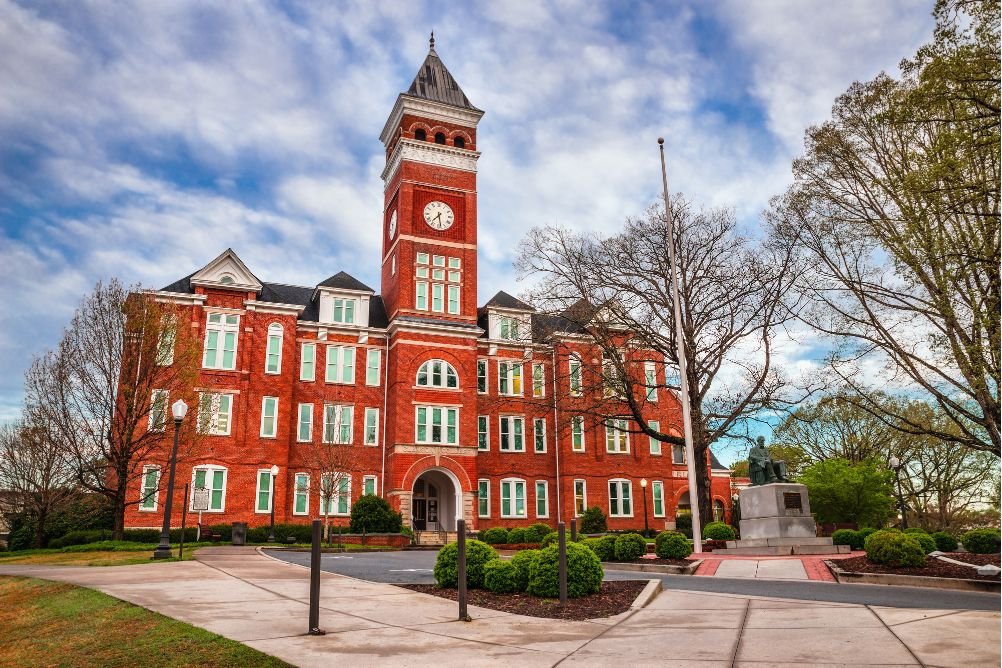
Historic buildings are an essential part of our cultural heritage, representing a glimpse of the past and the architectural styles that once defined our cities. Unfortunately, many of these buildings have deteriorated with time and may require demolition or significant renovations. The demolition of historic buildings, however, can be a difficult and controversial topic, as it may come at the cost of losing a piece of our history. Therefore, it is essential to adopt sustainable demolition techniques that minimize the environmental impact of the process while preserving the historical value of the building. In this article, we will explore sustainable demolition techniques for historic buildings and how they can contribute to a more environmentally friendly and culturally responsible future.
DECONSTRUCTION VS. DEMOLITION FOR HISTORIC BUILDINGS
The first sustainable demolition technique for historic buildings is deconstruction. Deconstruction is the process of carefully dismantling a building piece by piece, salvaging reusable materials and preserving the historical significance of the structure. Unlike traditional demolition techniques that involve knocking down a building and hauling it away, deconstruction allows for the reuse of materials, which can minimize waste and reduce the environmental impact of the demolition process.
Deconstruction requires careful planning, as it involves the identification of valuable materials, the development of a deconstruction plan, and the implementation of safety measures. In addition, deconstruction is typically more time-consuming and expensive than traditional demolition techniques. However, the benefits of deconstruction, such as the preservation of historical value and the reduction of waste, can outweigh the costs.
SALVAGING MATERIALS FOR HISTORIC BUILDINGS
Another sustainable demolition technique for historic buildings is salvaging materials. Salvaging materials involves the identification, removal, and reuse of valuable materials in a building, such as bricks, wood, metal, and glass. Salvaging materials can significantly reduce waste and minimize the environmental impact of the demolition process.
Salvaging materials can also provide economic benefits, as many of the materials can be sold or repurposed for future construction projects. Salvaging materials can also contribute to the preservation of historical value, as the reuse of original materials can help maintain the character and authenticity of a building.
SELECTIVE DEMOLITION FOR HISTORIC BUILDINGS
Selective demolition is a technique that involves the careful removal of specific parts of a building while preserving the remaining structure. This technique is often used in historic buildings where certain parts of the building, such as the façade or foundation, have significant historical value.
Selective demolition requires careful planning and execution, as it involves the identification of valuable components, the development of a demolition plan, and the implementation of safety measures. However, selective demolition can help preserve the historical value of a building while also reducing waste and minimizing the environmental impact of the demolition process.
In conclusion, sustainable demolition techniques for historic buildings can contribute to a more environmentally friendly and culturally responsible future. Deconstruction, salvaging materials, and selective demolition are three sustainable demolition techniques that can help minimize waste, reduce the environmental impact of the demolition process, and preserve the historical value of a building. While these techniques may require careful planning and execution, their benefits can outweigh the costs, making them a worthwhile investment for the preservation of our cultural heritage.


